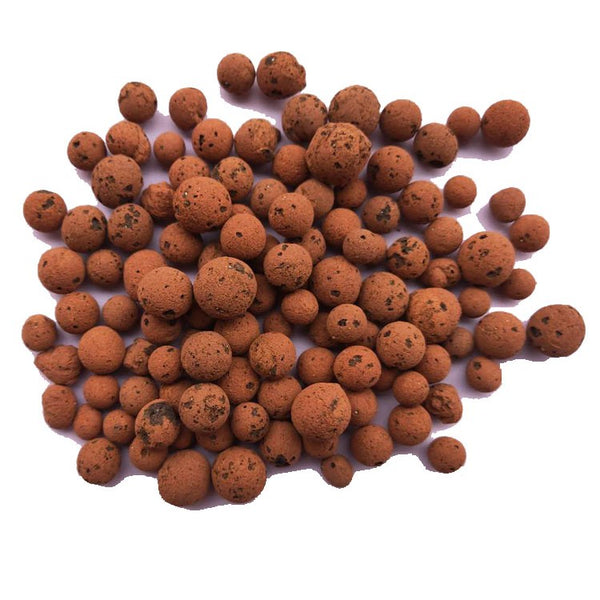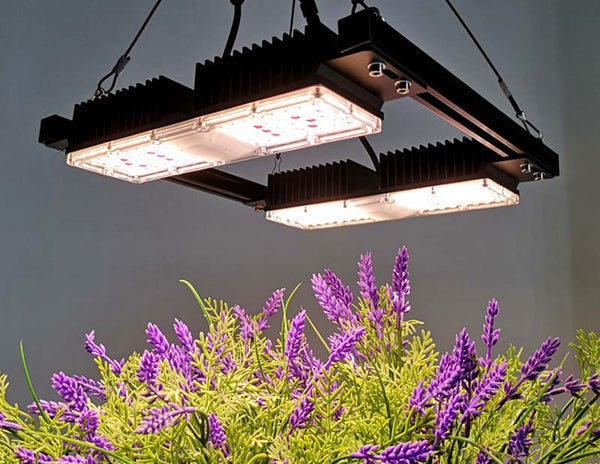Acclimate - To adapt to a new temperature, climate, situation, or environment.
Acidic - Having a pH of lesser than 7
Aeration - Use to continuously decreed the risk of oxygen depletion. It also brings water and air into close contact to remove dissolved gasses and oxidize dissolved metals and harmful chemicals.
Alkaline - Having pH above 7
Ammonia - Ammonia is a compound with the chemical formula NH3. In aquaponics, it is produced by fish. Ammonia is toxic to fish and plants at high levels, but it is an important chemical that gives plants the nutrients they need to grow and thrive.
Auto siphon - Mechanism used to control the grow bed's flood and drain cycle.
Aquaponics - Aquaponics is the cultivation of fish and plants in a re-circulating environment. It utilized the beneficial bacteria to convert fish waste into plant nutrients.
Aquaponics Gardening - It is an aquaponics system done in a home where the aquaponics gardener consumes the products. The food grown is for personal consumption and not for resale.

Bacteria - The third element of aquaponics and is responsible for converting fish waste into nutrients for the plants to absorb.
Bell siphon - A bell siphon is a device used in media based aquaponics systems to automate the water flow without needing electrical power.
Biofilter - A place for the bacteria to colonize. It is the extension of the surface area of your aquaponics system. It is an essential part of your aquaponics system because it ensures that your plants can access the nitrates they need to grow while cleaning the water for the fish. The bacteria will attach to the surface of your biofilter media.
Buffer - Additive used to resist changes in pH when a small amount of acid and alkali are added.
Calcium Carbonate - Used to buffer pH. Naturally found in chalk, limestones, and marble.
Chloramine - A combination of ammonia and chlorine, usually used as a water disinfectant and water treatment.
Chlorine - A powerful bleaching and disinfecting agent. Usually used in drinking water supplies.
Commercial Aquaponics - An aquaponics system built for commercial purposes or resale.
Cycled - When an aquaponics system has established the populations of beneficial bacteria.
Deep Water Culture (DWC) - Also known as the floating system or raft method, is an aquaponics method of plant production where the plants are grown on rafts (polystyrene or foam boards) that float on top of the water in the raft bed.
The nutrient-filled water flows continuously from the fish tank through the filtration process, then to the raft tank, where the plants are grown, and then back to the fish tank. Most often, the raft tank is separate from the fish tank.
Dissolved Oxygen - A measure of oxygen dissolved in a given media.
Expanded Clay - Grow mediathat is fired into a kiln that expands into porous clay balls.

Flood and drain - The flooding and draining of fish water in a grow bed filled with media.
Fingerling - A young fish that is about the size of a finger.
Fish tank - A food-grade container in which the water and fish are kept.
Floating Raft - A planting medium that floats over water channels, and the plants are grown on top of the raft with their roots dangling in the nutrient-rich water below.
Flow Rate - How much water a pump puts out per minute, specified in gallons per hour (GPH) or gallons per minute (GPM), or the flow rate in a pipe.
Fry - A young or tiny fish
Hydroponics - The growing of plants without soil.
IBC - Intermediate bulk container used to store and transport liquid.
GH - General hardness ( a measure of the concentration of divalent metal ions such as calcium (Ca2+) and magnesium (Mg2+).
Grow bed - Grow bed is a suitable container filled with growing media such as gravel, Grow Media, or lava rock and where the plants grow in the aquaponics system.
Grow light - Grow light, also called "plant light," is an artificial source of light designed to stimulate plant growth by emitting light suitable for photosynthesis.
Grow Media - Grow media is a soil replacement used in aquaponics gardening. Examples of grow media are clay pebbles (LECA), lava rocks, expanded shale, and gravel.
LECA - Light-expanded clay aggregate.

Media Based Aquaponics System - A media-based aquaponics system is growing plants in a large container filled with media. The growing media is usually gravel or clay pellets and is where your plants are grown.
The bed is regularly flooded with water from the fish tank. The water then drains back to the fish, and all waste, including solids, is broken down within the plant bed.
This system is one with the fewest components. The solid waste is broken down throughout the media, removing the need for an extra biofilter. The production in this system might be lower than in the other methods, but the amount of beneficial bacteria found in the media bed is essential to any size system.
Nitrogen Cycle - Is a process in which nitrogen is converted into various chemical forms. In aquaponics, the nitrogen cycle begins when fish feed is added to the system. The fish feed is rich in protein which the nitrogen cycle will break down into nitrogen.
When the fish eat the rich protein fish feed, the microbes will absorb about 25% to 30% of the nitrogen and convert it into fish biomass. The fish will excrete the rest of the nitrogen as ammonia which the bacteria will convert into nutrients.
Nitrate - A plant nutrient used to fertilize the grow bed. It is created by the nitrification process and is formed when the Nitrobacter converts nitrite into nitrate.
Nitrite - A nitrogen-bearing chemical compound that is the source of food for the Nitrobacter and a product of Nitrosomonas.
Nitrobacter - Bacteria that convert nitrites into nitrates play an essential role in the nitrogen cycle by oxidizing nitrite into nitrate in soil and aquaponics systems.
Nitrosomonas - A rod-shaped chemoautotrophic bacteria that convert ammonia into nitrites. They make nitrogen more available to the plants by naturally processing the fish waste.
NFT (Nutrient Film Technique) - is a method of aquaponics in which the plants are grown in a long narrow channel. NFT is common in hydroponics and aquaponics for its simple yet effective design.
In NFT, a thin film of water flows continuously down each channel, providing the plant roots with water, nutrients, and oxygen. When the water reaches the end of the channel, it is pumped back to the fish tank.
NFT uses both water and pumps to deliver nutrients to the plants, and the system requires separate filters to clear the water of solid biological waste before it returns to the fish tank. This system is very efficient in its water use and is primarily used to cultivate greens with small root systems.

Oxygenation - The addition of oxygen to a system
pH - Power of hydrogen.pH is a measurement of how acidic or basic a water-based solution is on a scale ranging from 1 to 14. Pure water has a pH of 7-neural; if the level measures below 7, it indicates acidity, while if it measures above 7, it is basic. The term pH is defined as the amount of hydrogen ions (H+) in a solution.
PPM - Parts per million.
PPT - Parts per thousand.
Recirculating System - A system in which the water is never diverted from the system but is recycled, recaptured, and then reused again.
Sump Tank - A tank at the lowest part of the system. Sump tanks keep the fish tank water level stable. Used when the water flows by gravity and is returned by a pump.
System Cycling - Cycling is the process of establishing a healthy bacteria. colony within the system.
Temperature - The degree of heat present in a substance. It is measured according to the scale shown by a thermometer or perceived by touch.






Leave a comment (all fields required)